Brandon Bombei is a high school student from Tampa Bay Florida who has been building incredible K’nex roller coaster models for more than twelve years. This aspiring roller coaster engineer not only builds epic coaster models, he also takes them on the road and exhibits them at community events and shows with a goal to inspire others who want to learn about engineering, physics, and roller coasters. We recently caught up with Brandon and asked him a few questions about designing, building, and transporting his complex coaster models.
C101: Thanks for taking the time to answer our questions. Could you please give our readers a brief introduction of yourself – who are you and what do you do?
I am a high school senior at J.W. Mitchell High School in Trinity, Florida and I am going to college at the University of Florida to major in mechanical engineering with a career ambition as a ride design engineer. I have been a coaster fanatic ever since I rode my first coaster at Busch Gardens Tampa in 2003. I have been building K’nex coasters since 2004 and have been exhibiting them at science and engineering expos across Florida during the past four years.
C101: You have quite the impressive collection of K’nex models on your Facebook page. Have you helped build them all?
I have built the K’nex coasters by myself, but two of the largest coasters were built with the help of my friend Trevor, who lives in Miami, where we attached our models together to complete a massive layout. It takes about three months to build each model but I have been doing this for twelve years so I have a great idea of how to build the design elements and how to shape the track smoothly.
C101: When and why did you start building KNEX model coasters?
I started building K’nex roller coasters about 12 years ago, where I started by buying the Rippin Rocket set. After I built that set, I was hooked, after which I bought the Screamin Serpent Set. From there on, I have been collecting about one or two Screamin Serpent sets per year, as well as some K’nex large box random piece sets. I get them all from eBay. I have about 14 Screamin Serpent sets in total. I started building my own K’nex coasters after seeing all the different K’nex creations by builders on YouTube and SSCoasters, which inspired me to build my own coasters or re-creations of my favorite rides, such as Kumba, Montu, and Top Thrill Dragster.
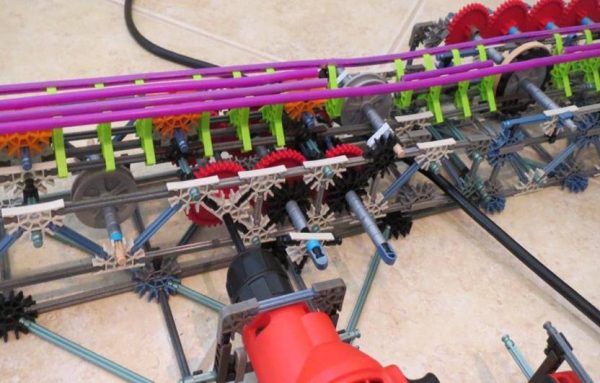
The reason that I exhibit my coasters at science events and maker fairs is to inspire others about the excitement of building, engineering, and science. Everyone loves watching or riding roller coasters, and with all of the physics and engineering involved in the actual rides, I wanted to create a thrilling exhibit to demonstrate to kids and adults of all ages that if you use your imagination, have and a lot of patience and dedication, you too can create amazing things. I also organized a coaster building camp for the Clearwater Library Youth Week. At many of these events there are over 5,000 attendees, which are great opportunities to inspire many people. I also created a “Coaster Physics” backboard to teach spectators about the science behind real coasters.
C101: How do you transport your models to exhibit?
I transport my models by separating each element into sections which makes it easier to move into the U-haul trailer which I use to transport the coaster to a show. When I arrive at the show, it takes about three hours to reconnect the numerous sections together and get the coaster running. I do not have to re-track the ride because the track is secured very tightly. I only remove parts of the track tubing, where the sections disconnect. It does take a lot of work to disassemble, transport, and reassemble the coaster, and it is a little easier if the show is on the first floor or near a loading dock or elevator. I have walked large sections through college buildings—the students love to ask “what is that? I want to check that out!” Getting up stairs or through tight doorways is always tricky, but I find a way to make it work!
C101: How do you plan the layout and design, and how tall do you know how to make it?
I plan the general layout and design of my coasters in my head, because I have a good idea of how certain elements are made due to past coasters I have constructed. Once you understand how to construct a loop and shape the track correctly, the next coaster gets easier to build. I sometimes modify the design of certain structural elements and the track to control the pacing of the train throughout the layout. Little changes can have a big impact on the speed of each element, especially for realistic recreations. I build the height of the lift hill to account for the overall track length and for the size and quantity of each element. I also account for track friction and external bracing of the structure to shape the train’s speed. For my King’s Island Firehawk recreation I had enough speed for my custom flyer trains to complete the long layout. My trains occasionally run low on speed toward the end of a long layout, but I find creative ways to get the train back to the station.
C101: How does your launched K’nex coaster work?
I built a launch coaster in 2015, and it was my first time doing a complex launch mechanism. This launch works by using surgical tubing as the means of potential energy to thrust the train down the runway. Surgical tubing is tied onto a rod underneath the track and leads back up to the launch track. The surgical tubing is secured with string to a catch car. The chain dog locks onto the catch car like on other accelerator coasters such as Top Thrill Dragster and Kingda Ka. The other side of the string is wound up into a wench with an electric drill, since it takes a lot of torque and force to expand the surgical tubing–more than a K’nex motor can handle. Finally, after the catch car is pulled back, tightening the surgical tubing, I release the tension in the gears, launching the train for everyone to enjoy. I also built an automated launch release using a Lego Mindstorm, where I programmed a sensor to release the tension gear after 10 seconds. This worked great for the exhibit, where the coaster needs to run continuously. The pictures below should give you a better visual representation of my launch.
C101: Wow, that’s really clever to use surgical tubing as the launch mechanism! What’s the most challenging model you worked on?
The most challenging models I have worked on are my Gwazi and Montu recreations that my friend Trevor and I built last summer. Busch Gardens Tampa is my hometown park, where I am trying to recreate all of its coasters. Trevor also has a large K’nex collection, so by combining our pieces, we can complete a massive layout. Gwazi was difficult since it’s a dueling wooden coaster with flybys and intertwines, which made it challenging to perfectly time the trains to pass each other simultaneously. I built the tiger side while Trevor built the lion side. Montu was also challenging because it’s an inverted coaster with one of the longest layouts in the world for an inverted coaster. The lift hill of Montu was about 7 feet tall which provided enough energy for the train to clear the seven inversions. In the end, it took about two months to make each of these recreations.
C101: I know first hand how difficult a recreation can be (see my K’nex Demon Drop recreation here) and yours are really impressive. How many pieces were used in your largest coaster?
My largest model is the recreation of Gwazi at Busch Gardens Tampa, that my friend Trevor and I built together using an estimated 40,000 pieces from our combined sets. For the coasters that I build myself for engineering exhibits, I use about 15,000 pieces. I build a new coaster every four to five months, so I usually exhibit a new design at each show.
C101: Where can people go to see more of your awesome K’nex models and recreations?
The main site on which I post all of my coaster model videos, including partial layout tests, and finished models, is my YouTube channel IOAgeek. My other two sites with many videos and photos are http://brandonbombei.weebly.com/coaster-projects.html and Coaster Modeling Enthusiasts of Florida, showing the coasters that I exhibit at science and engineering expos across Florida.
C101: Since this is Coaster101 I’ve got ask – what is your favorite real coaster you’ve ridden?
I have been fortunate to have experienced over 130 different coasters at 18 of the best theme parks across the US and worldwide during my travels and family vacations. I have been to the Florida parks too many times to count, especially Busch Gardens Tampa, my hometown park. My favorite launcher is Top Thrill Dragster, my favorite giga is Millennium Force, my favorite inverted is Montu, my favorite woodie is El Toro, and favorite 4D coaster is X2. Check out all of the theme parks that I have visited at my webpage.
C101: Thanks again to Brandon for taking the time to answer our questions. Any requests for what coaster Brandon should recreate in K’nex next? Let him know by leaving us a comment below!

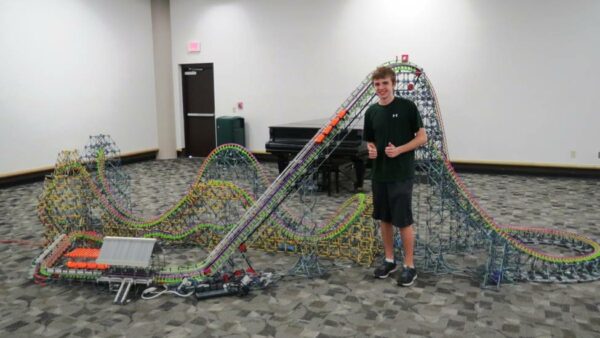
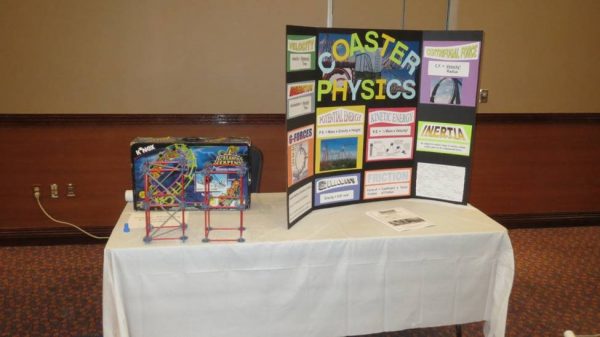
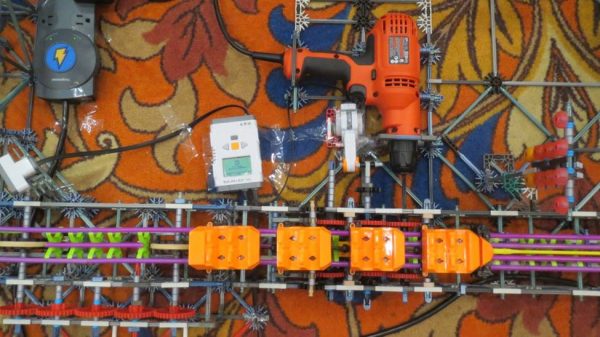
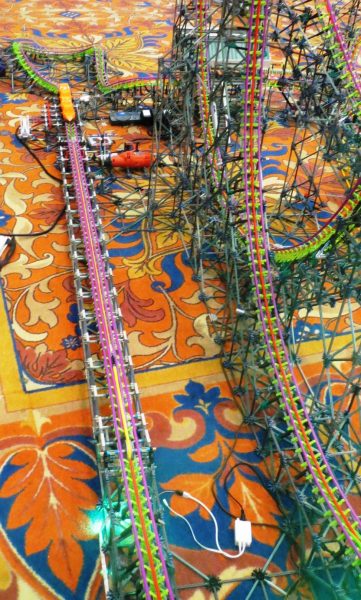
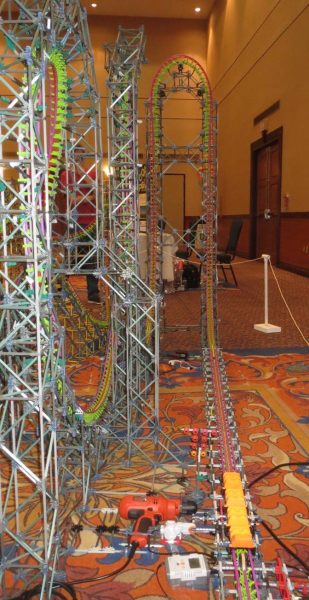
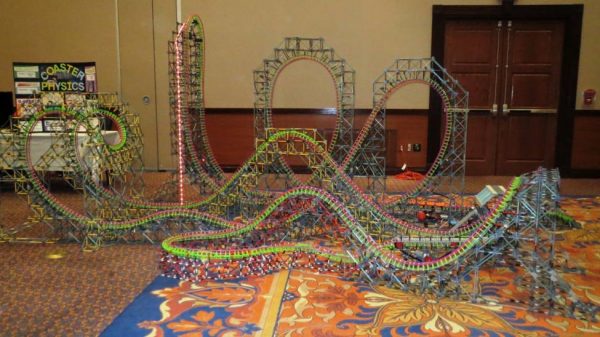
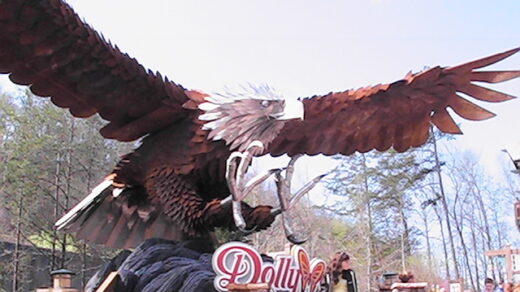
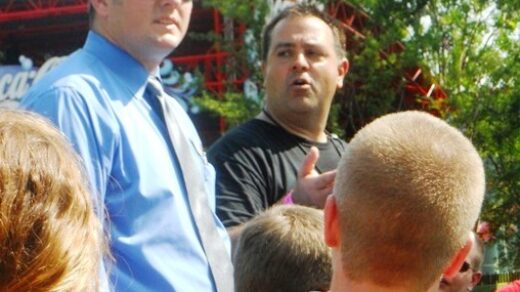
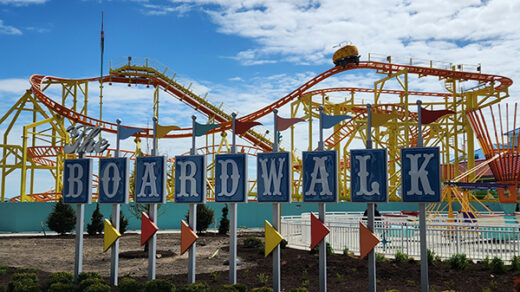



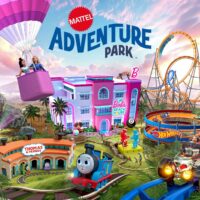





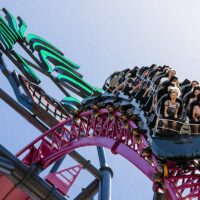
Dang, you are amazing!I just got a k’nex coaster set myself, and it destroyed my hands!
This is amazing. My 4th grade class is currently working on the original knee roller coaster. We have it built and are currently trouble shooting as our car doesn’t seem to make the full loop it drops from the top. We would love to get in touch a; learn more about how to solve this and if you have anything to share to enhance our knowledge on physics, coasters, or anything else!